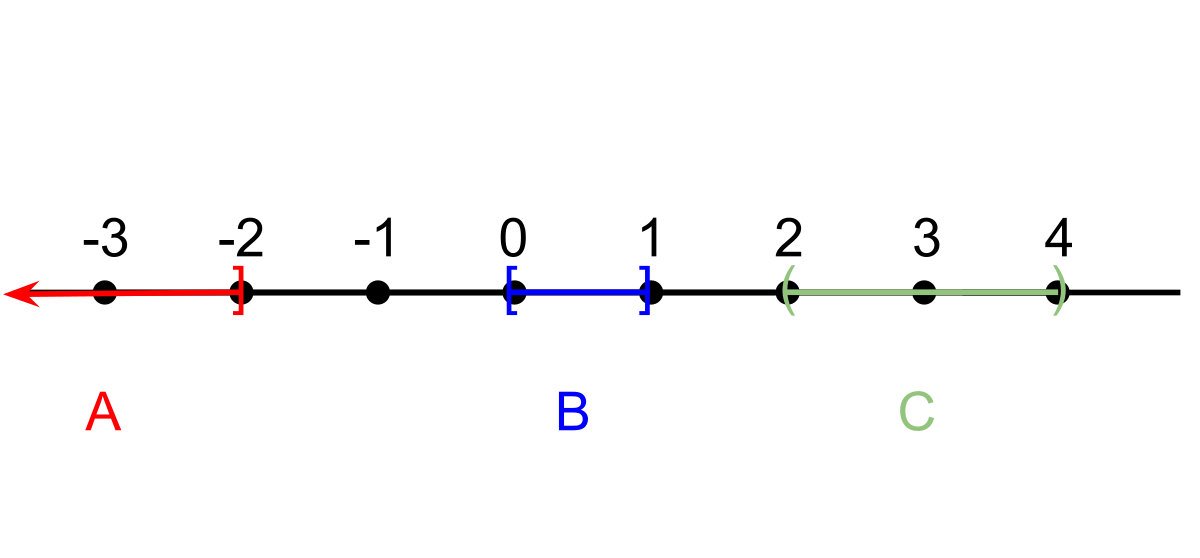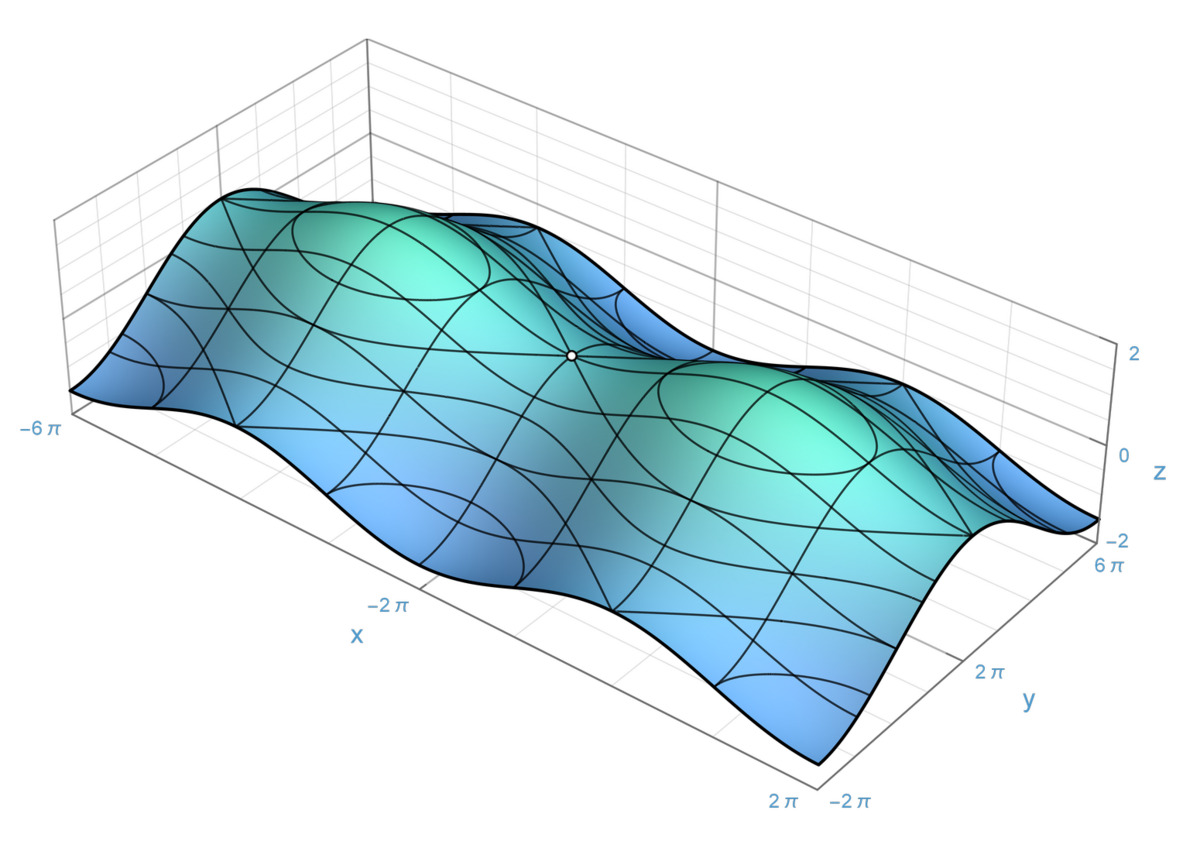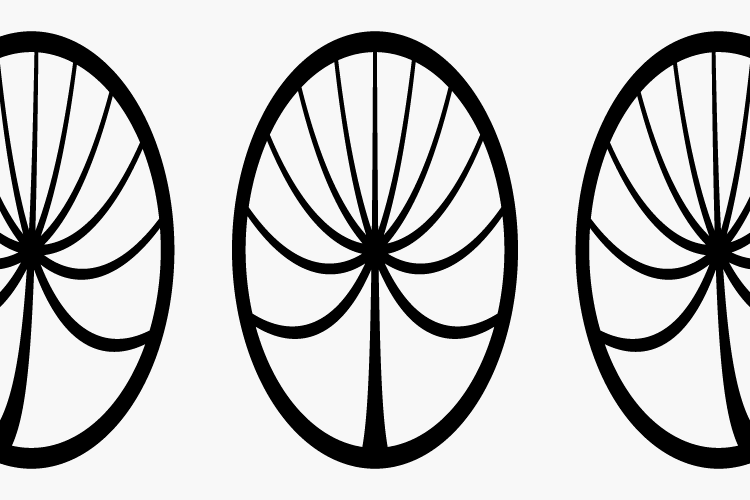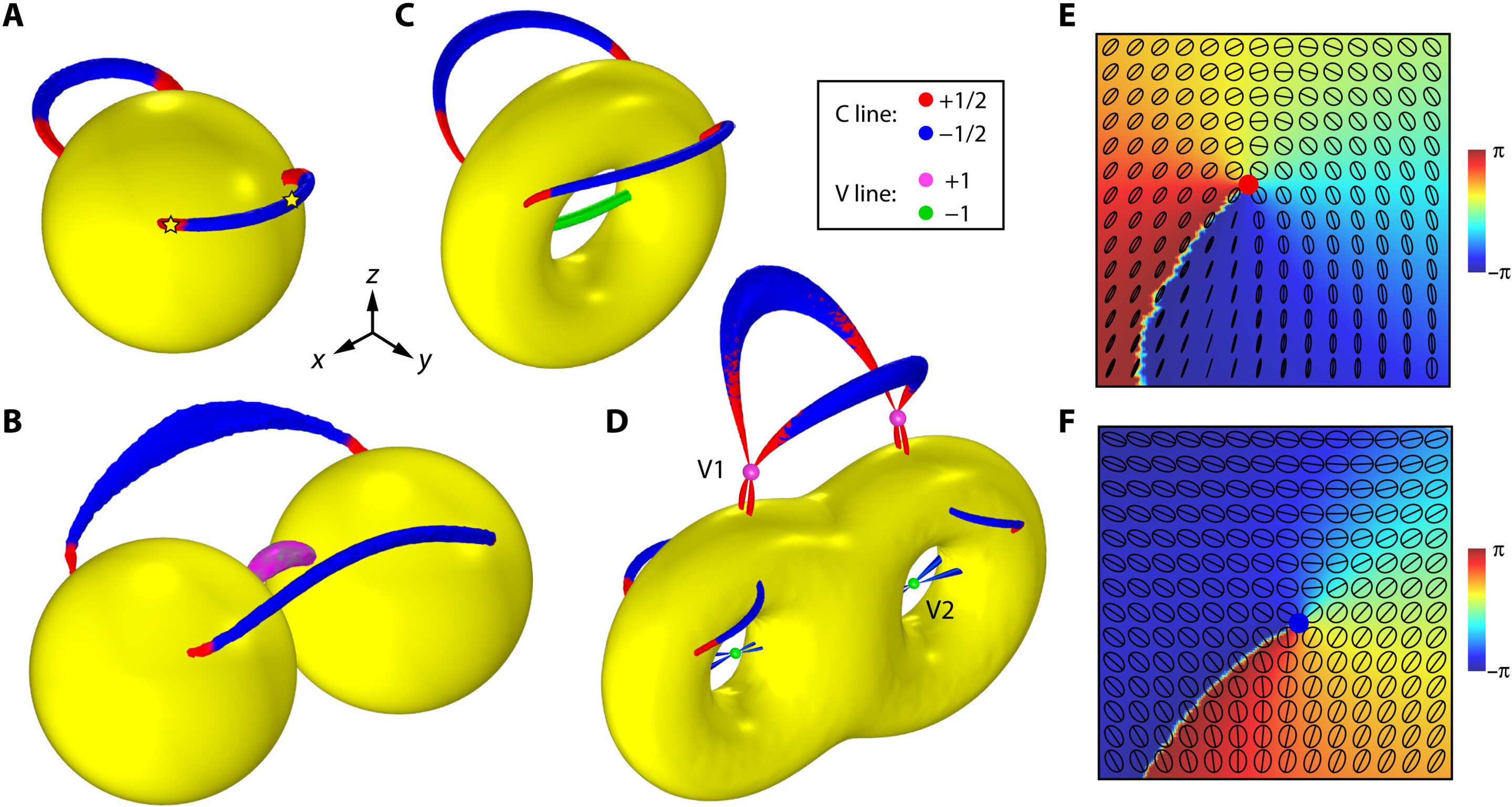Agreed!String theory is difficult to understand. Here are the reasons:
1. Abstract concepts: String theory deals with very abstract and complex concepts such as extra dimensions, vibrating strings, and supersymmetry, which can be challenging to grasp without a strong background in theoretical physics.
2. Mathematical complexity: String theory requires a deep understanding of advanced mathematics, including differential geometry, group theory, and complex algebraic equations. This can be overwhelming for those without a strong mathematical foundation.
3. Lack of experimental evidence: Unlike other well-established theories in physics, such as general relativity and quantum mechanics, string theory lacks experimental evidence to support its claims. This makes it difficult for many to accept and understand the theory without tangible proof.
4. Multiple interpretations: There are several different versions of string theory, each with its own set of equations and assumptions. This can lead to confusion and make it difficult for non-experts to understand the theory as a whole.
5. Evolving nature: String theory is still a developing field, and new discoveries and advancements are continuously being made. This makes it challenging for non-experts to keep up with the latest developments and understand the current state of the theory.
The original version of the "extra dimensions" theory by Kaluza seeks to explain the - sign in the metric.
Supposedly, we get this with "curvature", which implies the extra dimension.
But there are other ways to achieve this, in addition to the geometric approach there is the stochastic approach which can mimic it in certain ways, if the appropriate symmetries are present. This is why I point to the brain, because that's what seems to happen there.
You could envision the same thing happening at a tiny scale, one so small the nonlocal interactions predominate. You could mimic an annealing process this way, and there is no requirement the temperature be consistent, or even smooth. All that's needed is a "local average" which is easy to obtain.
Viewed this way, what looks to us like a choice (or a quantum collapse) is actuality criticality, and therefore mathematically accessible.
To complete the analogy, the vibrating molecules or strings or whatever, end up being coupled oscillators, just like in the brain - and therefore the Kuramoto dynamics are in play, and we already know they generate power series solutions that describe the observed criticality pretty exactly.
It kind of makes sense that nature would re-use the stuff that works. If you're familiar with the Green's function for surfaces, we need that same thing for stochastic distributions - which is, I think, where Feynman was headed. The "path integral" (meaning the sum of all possible paths) should be "sufficient" to generate a reciprocal reference frame, given a field with the appropriate symmetries.
I think, ultimately, string theory will resolve to this too. Strings are just coupled oscillators in more dimensions.







